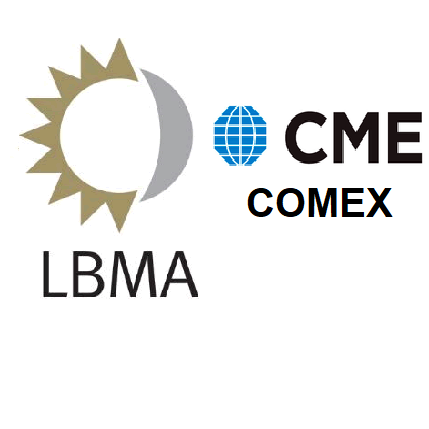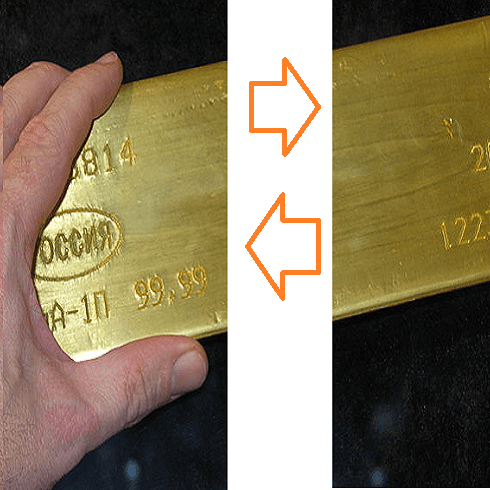What the heck are those mysterious "exchange for physicals," the mechanisms by which contracts to buy gold on the New York Commodities Exchange are neither fulfilled by delivery on the Comex nor settled for cash there but transported for supposed delivery elsewhere?
The mechanism long has been incorporated by the Comex trading system but was described as an "emergency" procedure undertaken upon agreement by buyer and seller -- except that the use of this "emergency" procedure has exploded in the last year, involving tens of thousands of contracts and, nominally, hundreds of tonnes of gold.
In one respect this is not so surprising, since there never has been much tonnage in Comex gold vaults, with nearly all Comex contracts settled for cash. But apparently physical demand over the last year has risen enough to cause sellers to need to source gold elsewhere.
The presumption is that the EFPs shift a seller's delivery obligations off the Comex to bullion banks in London. But this raises another issue, since so many EFPs have been issued in the last year that if delivery really was being claimed for them, unallocated metal in London -- metal available for sale, rather than metal being vaulted for exchange-traded funds and other institutions -- would be wiped out. In January Bullion Star researcher Ronan Manly calculated that fewer than 1,200 tonnes of gold in London were really available for trade:

LBMA Claims Record Amount of Gold in London’s Vaults
While the LBMA claims a record amount of gold held in London, the reality is otherwise.www.bullionstar.com
Indeed, sources in the London gold market say that few EFPs ever claim delivery. Rather, these sources say, EFPs are usually cash-settled in London with their claimants paid cash bonuses that are never reflected in the gold price, which would be much higher if the bonuses were reflected.
But as the tightness of gold supply in London increasingly has been recognized in recent months, EFP claimants are said to have been demanding larger bonuses against the risk that the gold will run out, making their EFPs worthless.
Despite the "physicals" in their name, the vast increase in their use suggests that most EFPs have not been resolved by any delivery of metal. So those using and sustaining the mechanism must have other purposes -- like sustaining the increasingly creaky fractional-reserve gold banking system.
Whatever is happening with the EFPs, their enormous use in the last year is new and indicates some big change in the gold market, and it must be an especially sensitive change because Comex operator CME Group, the U.S. Commodity Futures Trading Commission, and the U.S. Office of the Comptroller of the Currency -- nominal regulators of the gold market and its bullion banks -- refuse to explain what it means.
http://gata.org/node/20001
Last edited:
This post may contain affiliate links for which PM Bug gold and silver discussion forum may be compensated.











